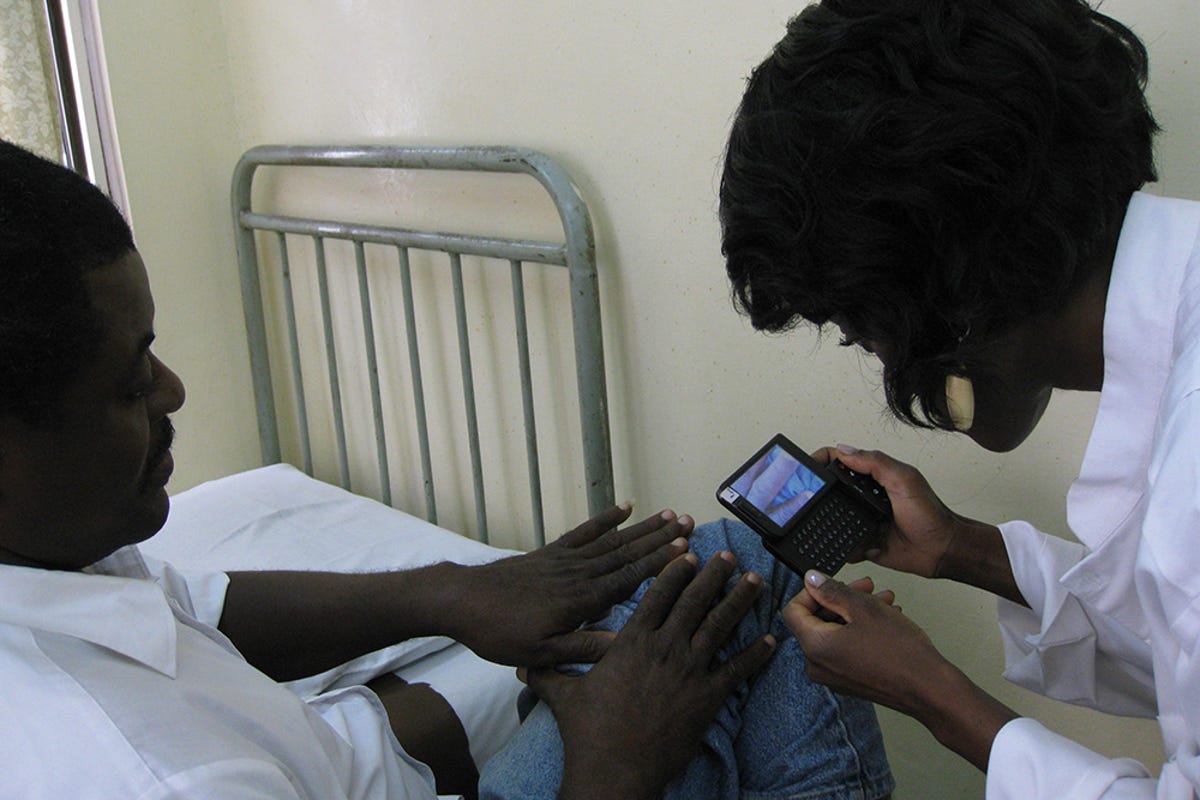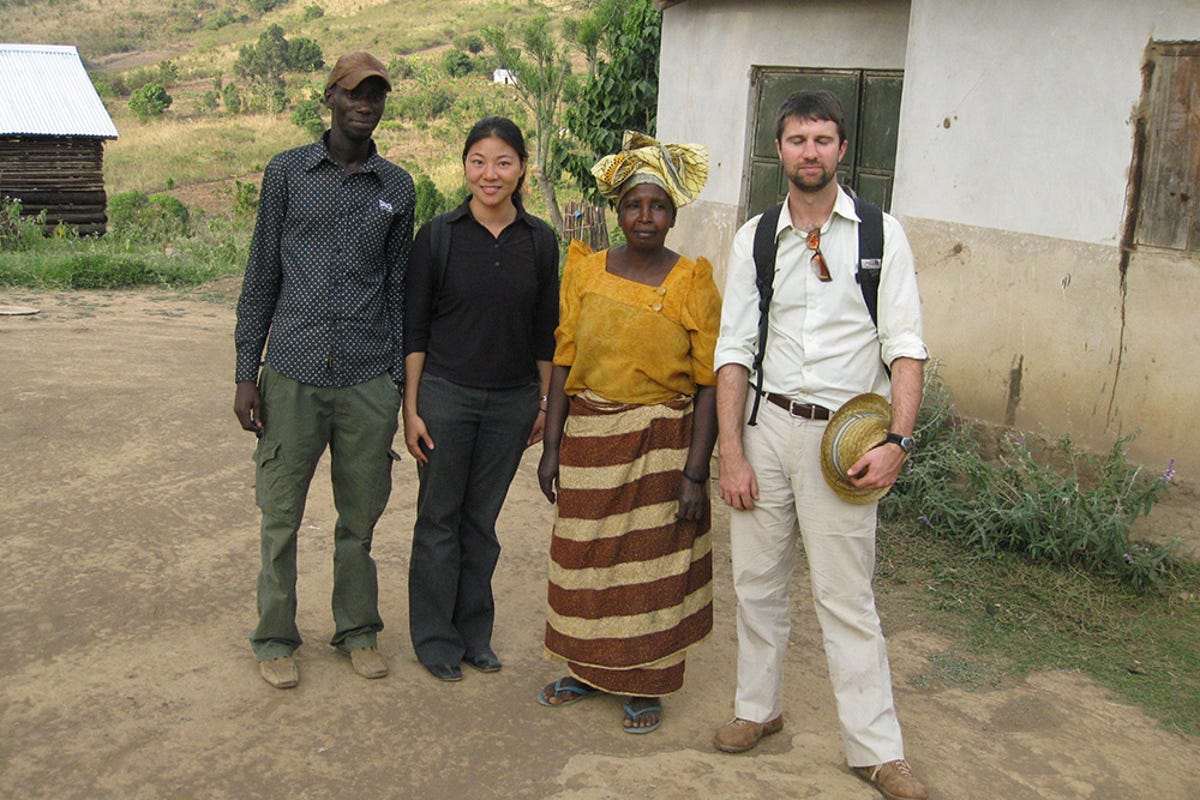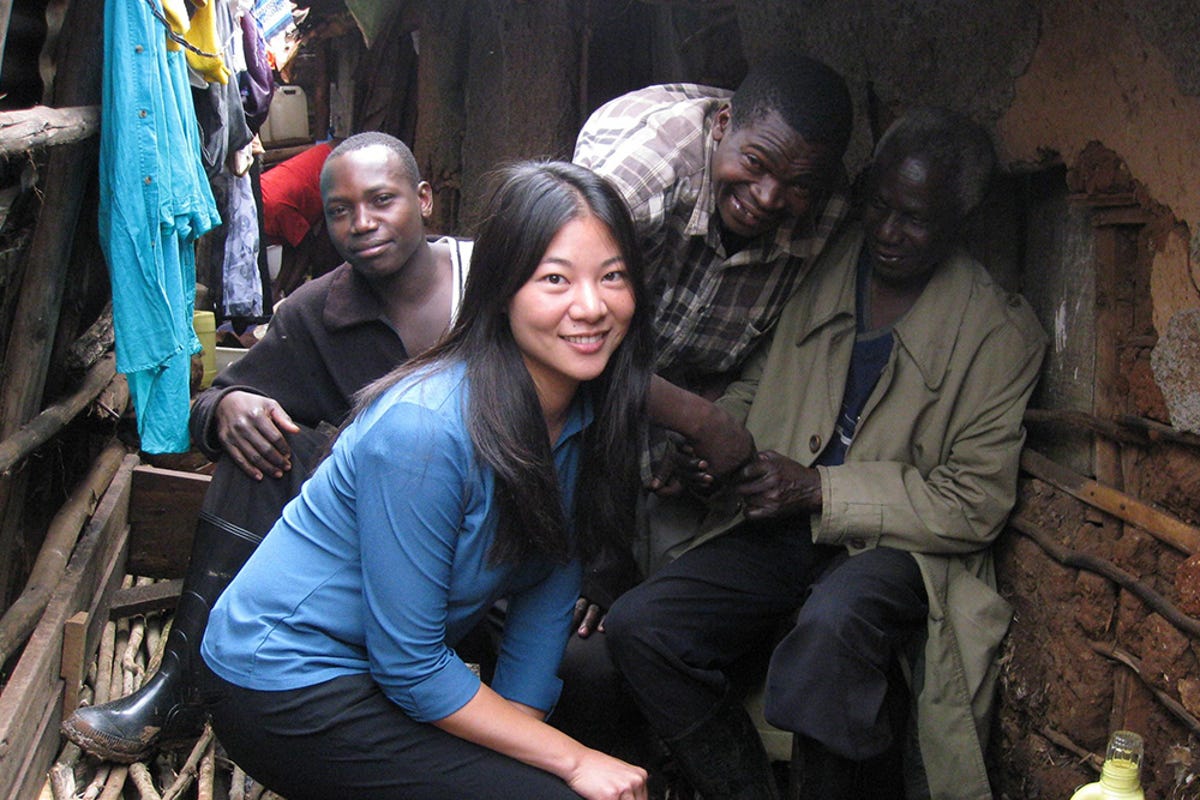Fellow Portrait
Ting Shih
ClickMedix
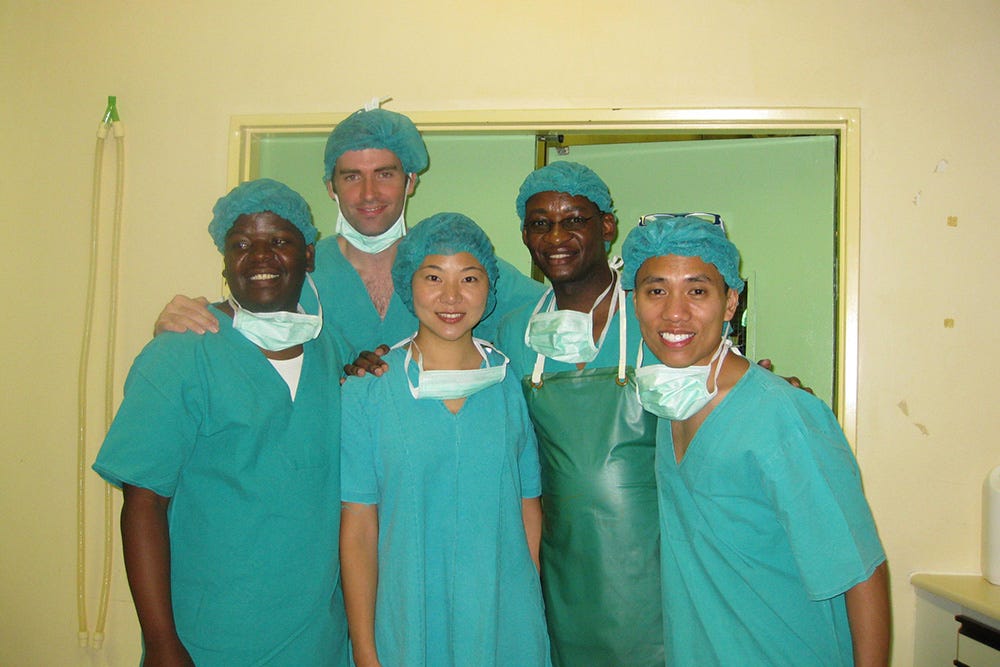
ClickMedix offers cost-effective access to remote doctors for diagnosis, treatment, research and training via a mobile healthcare platform.
North America
UNITED STATES
FELLOW
2012
Updated March 2012
When Ting Shih was an MBA student at the Massachusetts Institute of Technology, she was given the challenge of creating a healthcare business that would serve a billion people in the developing world. ‘The key word is people: before you even tackle the issues of the healthcare market, you need to address people’s access to it,’ she explains. ‘In developing countries they have scarce access to healthcare, but they do have mobile phones, and the idea spread from there, and all the way to the developed world too.’
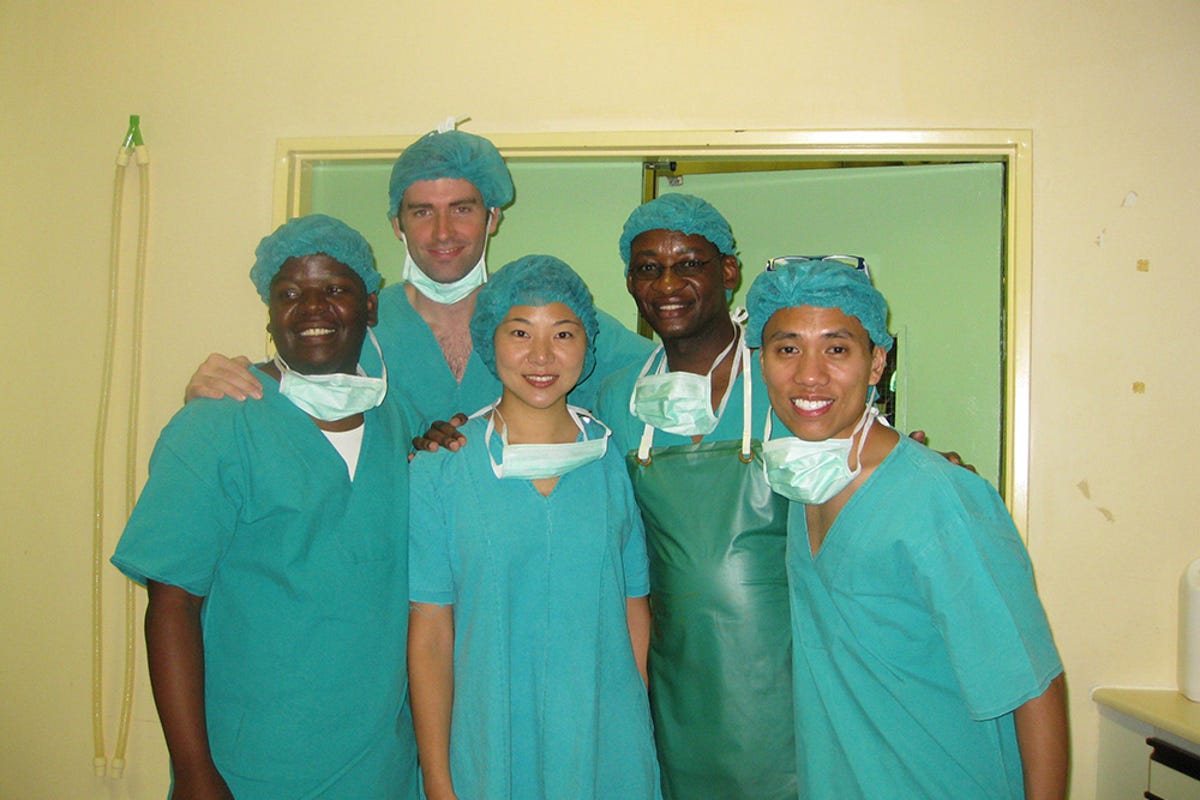
Specialist care a click away
The basic idea is simple: use mobile technology to give underserved areas access to medical diagnosis via photos, videos and texts.
While smartphone penetration is at an early stage in much of the developing world, mobile penetration is high: in Africa, for example, it is at 72% and rising, according to a GSM Association report. ‘SMS and standard mobile technology cannot capture all multimedia data,’ says Ting. ‘For telemedicine and diagnosis to be most effective, you need a decent image quality and effective transmission.’ Rather than setting up costly cameras and broadband cables, the answer is to equip medical centres and workers with a smartphone that can transmit the protocols and data required for diagnosis by experts hundreds or thousands of miles away.
Here’s where ClickMedix has come up with another simple yet highly effective idea: ‘we’ve built a patentpending system to send data securely and persistently, it won’t stop even when the network is patchy,’ says Ting. ‘It might take hours from deep in Uganda, but it will get there.’ Roaming business executives take note! ‘I even use our system here in the US when the mobile network is overloaded,’ confides Ting, who is considering licensing it to other applications. ‘But first things first: I want to start by solving the healthcare problem!’
The key word is people: before you even tackle the issues of the healthcare market, you need to address people's access to it’
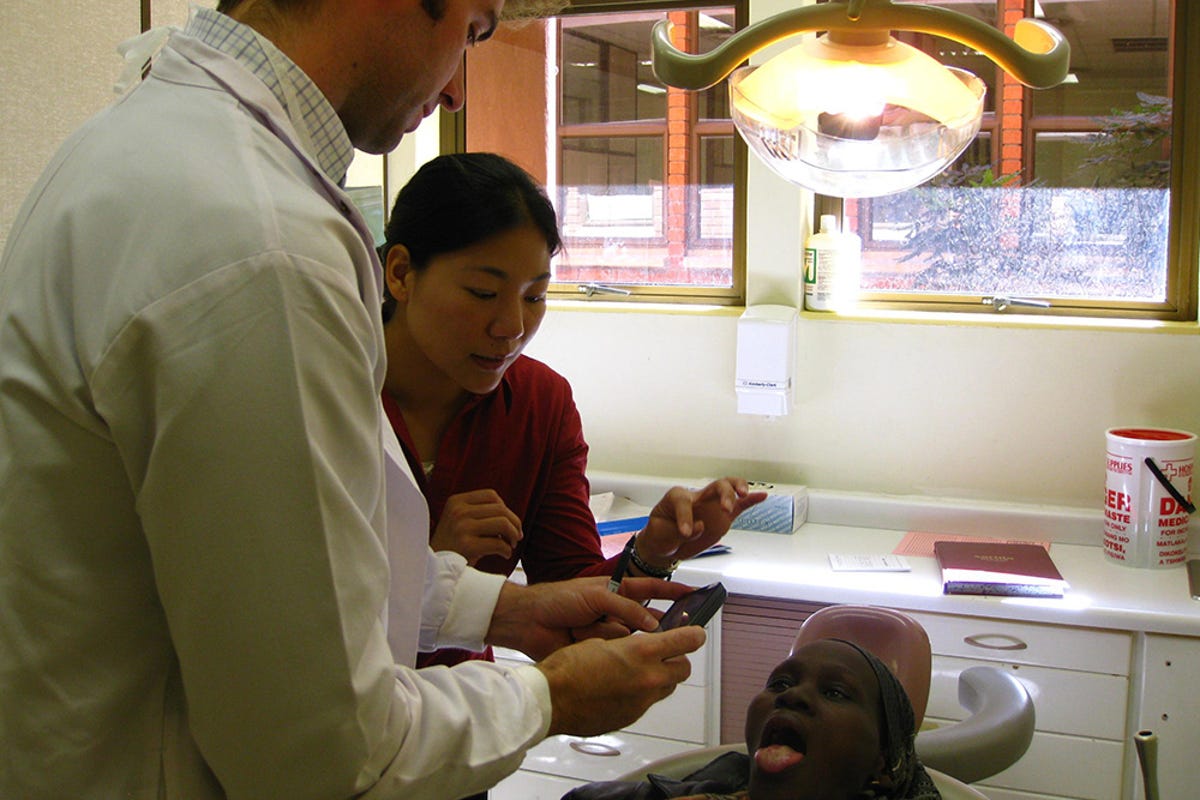
Sharing the best ideas
That may seem like a high aspiration, but it is Ting’s driving goal: it’s the reason she left her job at a large pharmaceutical firm to study at MIT and then moved from the first company she co-founded with a similar idea to build her own: ‘Our original company built a custom solution for each client: I wanted a full healthcare platform that could be easily customised. I want to help a billion people with a robust, secure, scaleable platform that is easy to use.' The benefits are obvious: in one click, specialists receive packaged diagnosis reports that save time spent gathering information during a consultation; patients get the kind of specialist diagnosis they could never have accessed. ‘We started with diseases that are low risk but high impact, such as skin diseases, where treatment lacks dangerous complications.’
Specialists’ knowledge in turn reaches healthcare workers on the ground, who learn from it and increase their involvement in the whole process. The opposite can equally apply. ‘Developing countries find ingenious solutions,’ says Ting. In Botswana, for example, Ting’s initial team used a cervical-cancer screening method invented in Zimbabwe involving vinegar, a flashlight and mobile phone! ‘The vinegar basically highlights the pre-cancerous lesions and allows midwives to determine if they can be safely removed. It’s simple and cheap, it can be used in so many developing countries, and that’s part of the ClickMedix goal: to replicate good ideas in all applicable markets.’
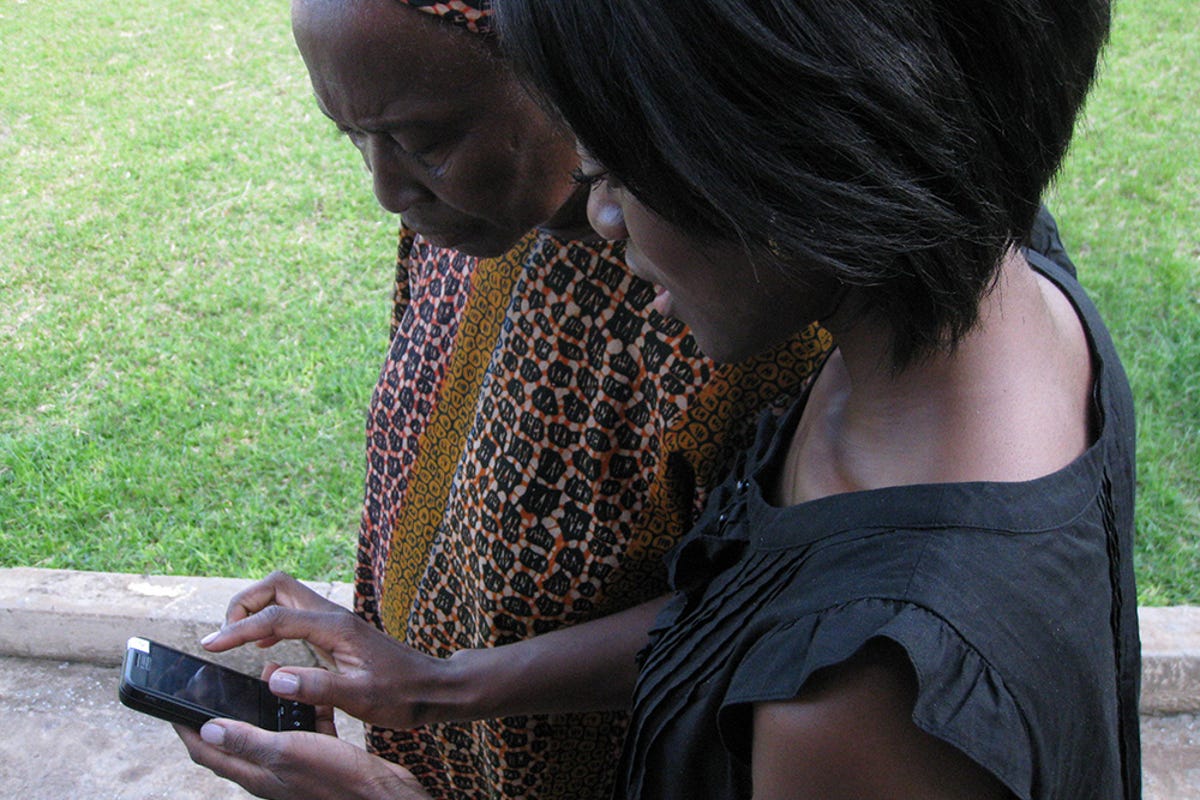
Caring for people
ClickMedix works on all mobile platforms and has four product lines: Click-Specialist for consultations; Click-Health for chronic-disease management and access to records, advice and information; Click-Training to consult professors and anonymous case studies; and Click-Data for data collection and analysis. A project in the pipeline is located in New York, with a trial group of 400 women on a microfinancing programme. ClickMedix is proposing to help them preventively assess health risks, manage weight loss and follow a healthy lifestyle. ‘It’s about replicating the notion of accountability, looking after your health to avoid costly emergency visits,’ says Ting. With North America’s healthcare in a delicate state and moving towards enhanced capitation models – which reimburse a fixed fee per patient regardless of the amount of care dispensed – there should be even greater incentive to promote preventive medicine and cost-effective ways to keep people healthy.
ClickMedix already serves healthcare providers in the US, the Philippines, Guatemala, Uganda and Peru, and Ting seems set to achieve her dream. ‘I was content in my previous corporate job, but there was a problem. I was improving healthcare technology when I wanted to help people with their health!’ A billion of them at that.
